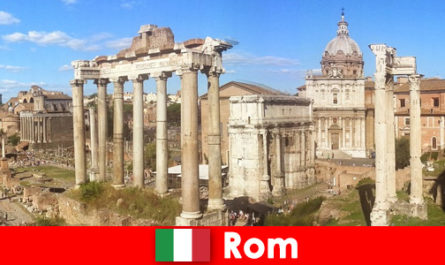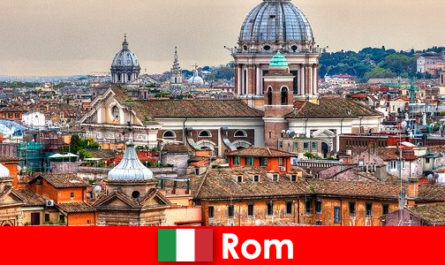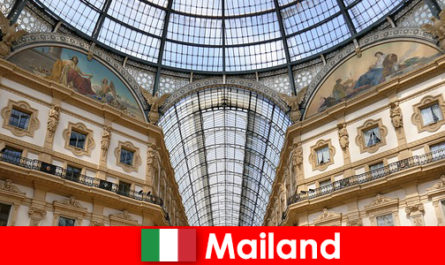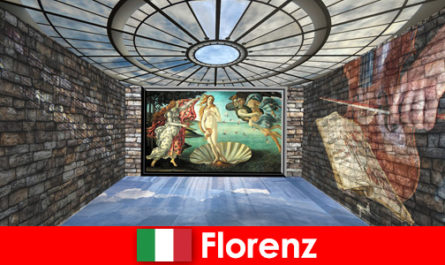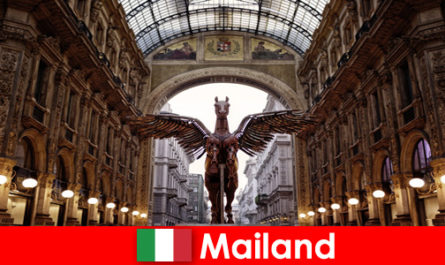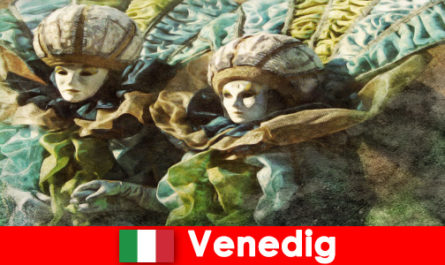A city trip into the past of Italy. It is the capital of Tuscany and at the same time the largest city in this region, home to countless painters and artists, the destination of thousands of art enthusiasts and historical trackers. The “jewel” located directly on the Arno, holds an immense treasure in itself: a gigantic wealth of museums, palaces and monuments, let the past come alive! Its artistic and architectural heritage makes it one of the most beautiful cities in Italy and around the world. The jewel has an enchanting name: Florence.
Florence – paradise of the arts and museums
A city trip that makes art and history an unforgettable experience is waiting for you! Countless art masterpieces, colorful marble churches and impressive magnificent buildings represent the city’s important role in the cultural and artistic development of the Renaissance. The powerful Medici dynasty led the city to one of the most thriving metropolises in Europe during the Renaissance. The historic city center has been a UNESCO World Heritage Site since 1982. The following are recommendations of places of interest that should not be missed when visiting: The heart of the art metropolis is the cathedral square with the imposing Cathedral of Santa Maria del Fiore, the magnificent Baptistery of San Giovanni and the magnificent bell tower of Giotto.
The cathedral was consecrated in 1436 and bears the title of a basilica minor. It is the third largest church in Italy and the fourth largest in the world. Brunelleschi’s gigantic dome is considered an incredible masterpiece of the early Renaissance and fascinates with its uniqueness. That in the 11th century. Consecrated Baptistery is the baptistery of the Florence Cathedral, is located opposite the cathedral and also bears the title of a basilica minor. The three gilded bronze doors are famous, as is the enormous domed mosaic that shows Jesus Christ as the judge of the world and the Last Judgment. The 84 m high Campanile by Giotto is also formative for the cityscape, it impresses with its magnificent marble facade and offers a breathtaking view of the cathedral and the whole city.
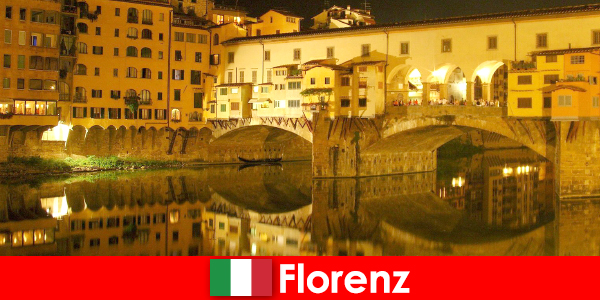
Masterpieces of Perfected Art
With their Galleria degli Uffizi art collection, the Uffizi Gallery is one of the most famous art museums in the world. The building dates from the 16th century. and houses true masterpieces of sculpture and painting, with a huge collection of paintings from the 13th-18th centuries. The focus is on the Italian Renaissance, and numerous famous Flemish artists are represented. Another highlight of art is the Palazzo Pitti, a Renaissance palace from the 15th century. Since the 16th century he was the residence of the Medici family, the dukes of Tuscany. Today the palazzo is home to impressive collections of paintings of inestimable value. The Palazzo Vecchio was once called Piazza della Signoria, and with the seat of the city parliament was the center of world power in the 14th century. Today the magnificent building is the seat of the town hall. The Ponte Vecchio dates from the 14th century, it is the oldest stone bridge over the Arno and is considered one of the oldest segmental arch bridges in the world.
There are countless small shops on the bridge, in the middle of the bridge is a bust of Benvenuto Cellini, the most famous Florentine goldsmith of the 16th century. The imposing Vasari corridor is a 1 km long, roofed connection between the Palazzo Vecchio, the Uffizi Gallery and the Palazzo Pitti. Starting on the upper floor of the Uffizi Gallery, the impressive corridor, which was originally built as a safe way for the Medici to cross the city, leads over the Ponte Vecchio, the Church of Santa Felicità, where the members of the Medici family could take part in the services on a balcony, in the Palazzo Pitti. It ends in the famous boboli gardens from the 16th century, which are home to an outstanding collection of sculptures. Another gem of art treasures is the Galleria dell ‘Academia, which houses one of the most important art collections in Florence. The Galleria was the first academy for painting in Europe, with a focus on painting from the 13th and 14th centuries. It is home to another valuable treasure, the statue of David by Michelangelo. This was the first monumental statue of the High Renaissance and is considered the most famous sculpture in art history.
 Dansk
Dansk Deutsch
Deutsch Español
Español Français
Français Indonesia
Indonesia Italiano
Italiano Magyar
Magyar Melayu
Melayu Nederlands
Nederlands Polski
Polski Português
Português Русский
Русский Română
Română Tiếng Việt
Tiếng Việt Türkçe
Türkçe Українська
Українська български
български Ελληνικα
Ελληνικα 한국어
한국어 हिन्दी
हिन्दी 日本語
日本語 简体中文
简体中文